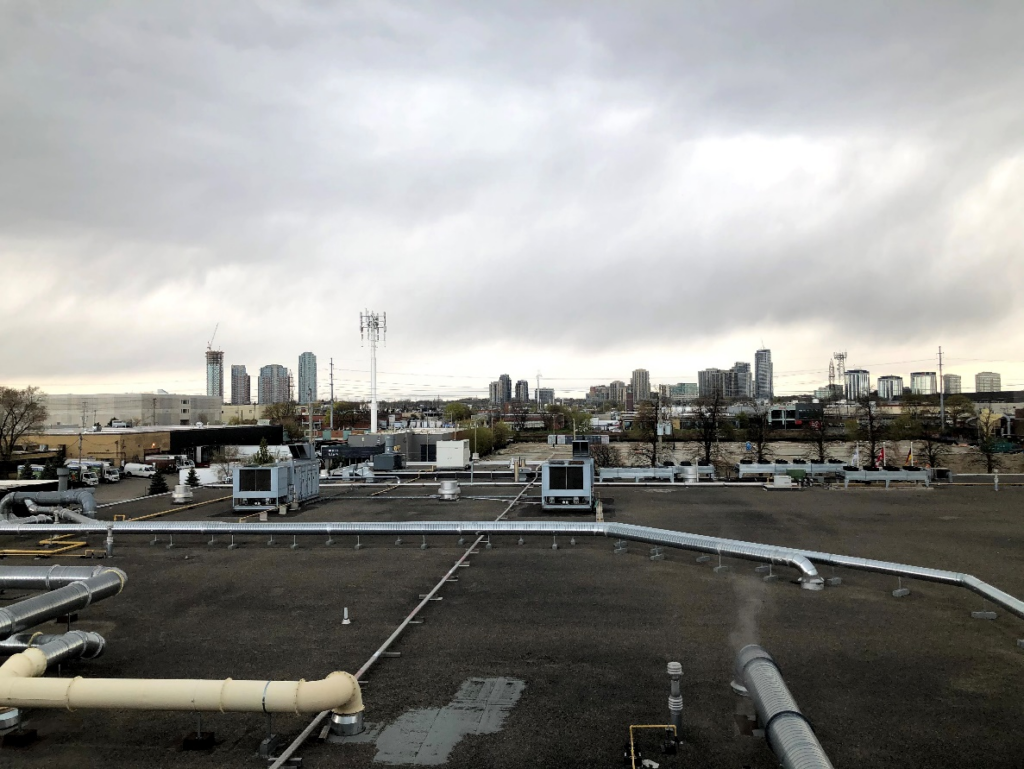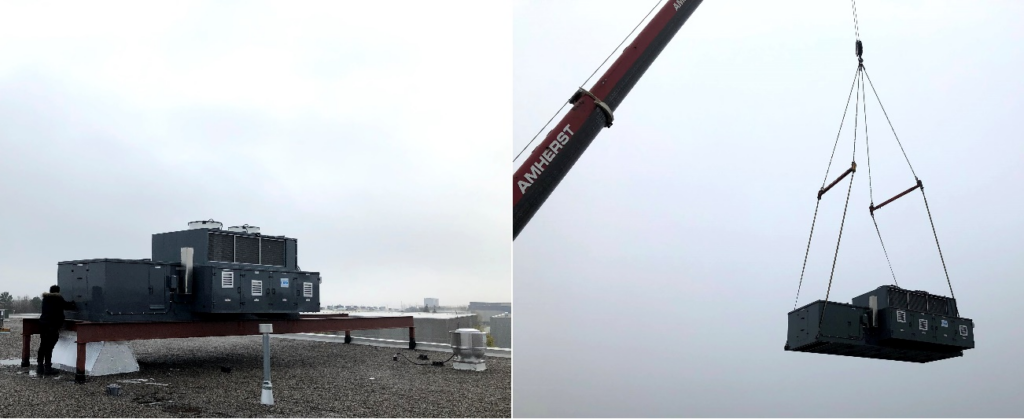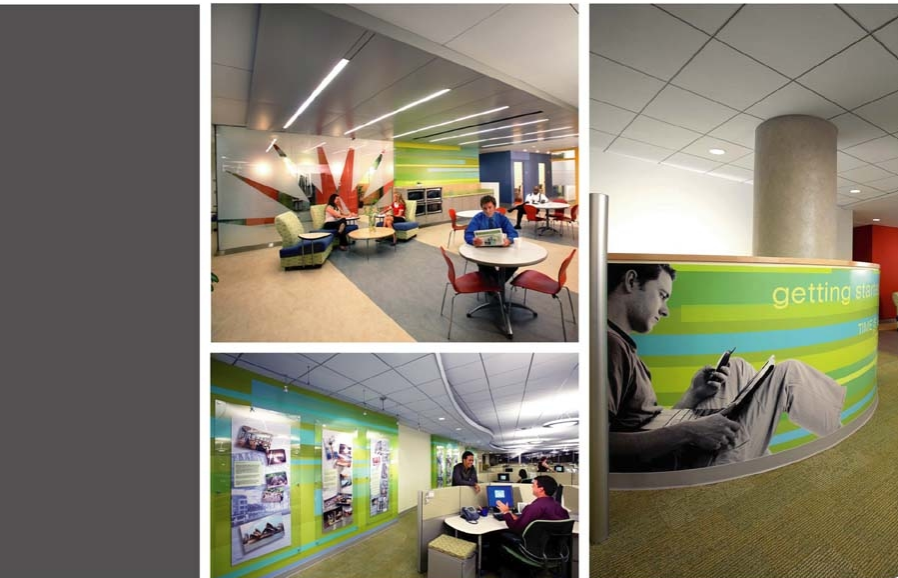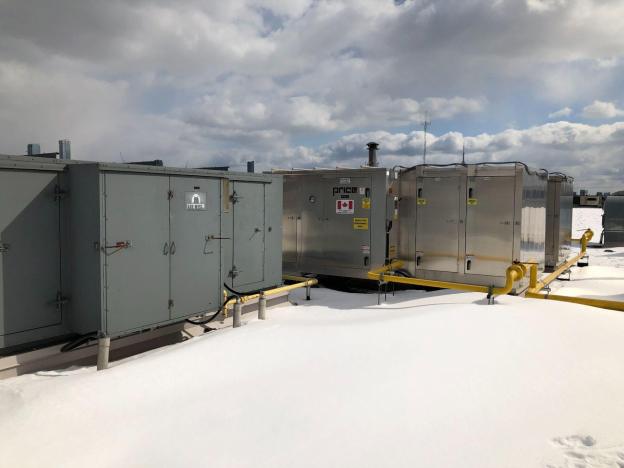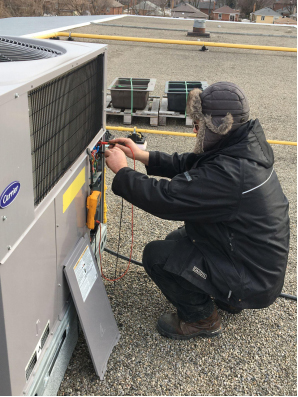The imposition of U.S. tariffs on Canadian imports has sent shockwaves through various sectors, with the commercial and industrial HVAC industry feeling a significant impact. This development has introduced numerous challenges, including increased costs and market volatility, compelling industry stakeholders to rethink their strategies.
Increased Equipment and Parts Costs
The introduction of a 25% tariff on Canadian goods has led to a direct increase in the cost of HVAC equipment and components imported from Canada to the U.S. This escalation poses a dual threat: Canadian manufacturers face dwindling export opportunities, while U.S. consumers brace for higher prices on HVAC systems. As noted by industry experts, these tariffs are likely to lead to immediate price hikes for HVAC equipment and parts, impacting both the supply chain and end consumers (Econoair).
Supply Chain Disruptions
Tariffs can disrupt the supply chain, causing delays in the procurement of essential HVAC parts. These interruptions could lead to project postponements and increased operational costs, further squeezing the margins of HVAC businesses. Industry reports indicate that lead times for critical HVAC components are expected to grow, necessitating proactive ordering and diversified supply chain strategies to mitigate these issues (Crockett Facilities).
Market Volatility and Inflation
The tariffs have introduced a layer of uncertainty in the market, sparking concerns about reduced economic growth and heightened inflation. This volatility makes it challenging for businesses to forecast prices and manage budgets. With inflation affecting the cost of doing business, HVAC equipment prices are expected to rise significantly, further complicating financial planning for both companies and consumers (ACHR News).
Strategic Responses
In response to these challenges, industry stakeholders are exploring various strategies. Some are advocating for tariff exemptions, while others are investing in technology to enhance efficiency and reduce dependency on imports. Additionally, there’s a push towards domestic manufacturing to offset the increased costs associated with imported goods (HPAC Magazine).
As the industry navigates these turbulent times, adaptability and strategic foresight will be crucial. The Canadian HVAC industry must continue to innovate and adjust to maintain competitiveness in a rapidly changing economic landscape.




